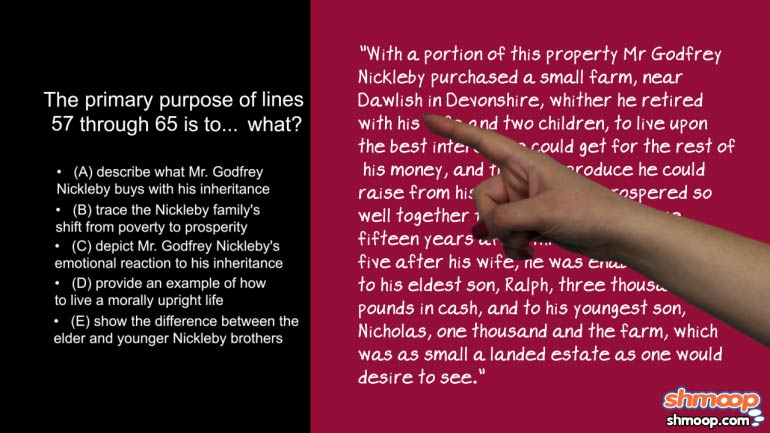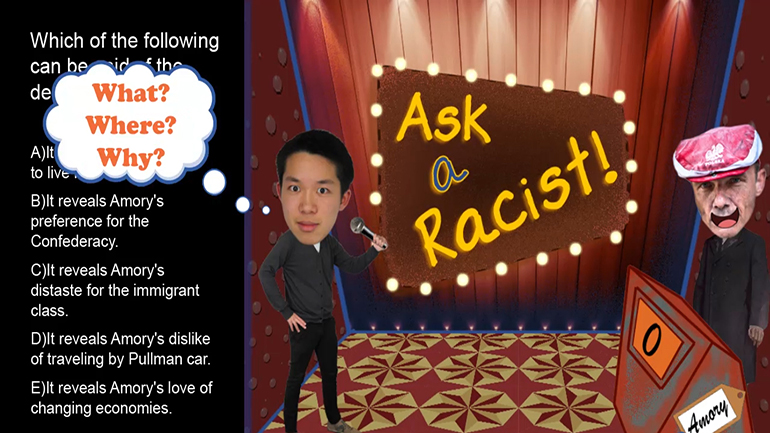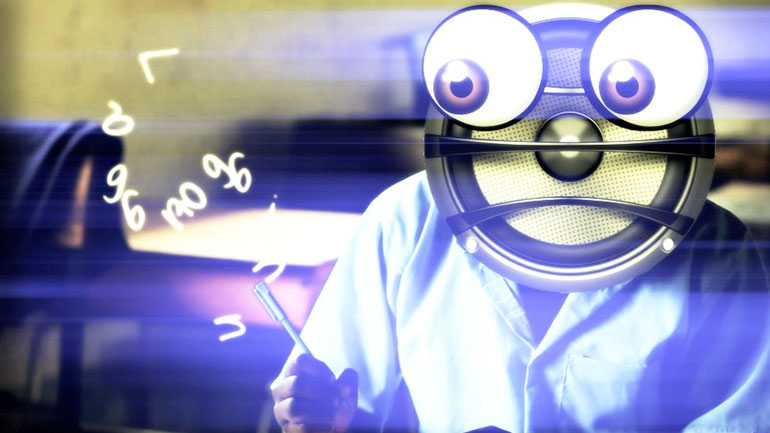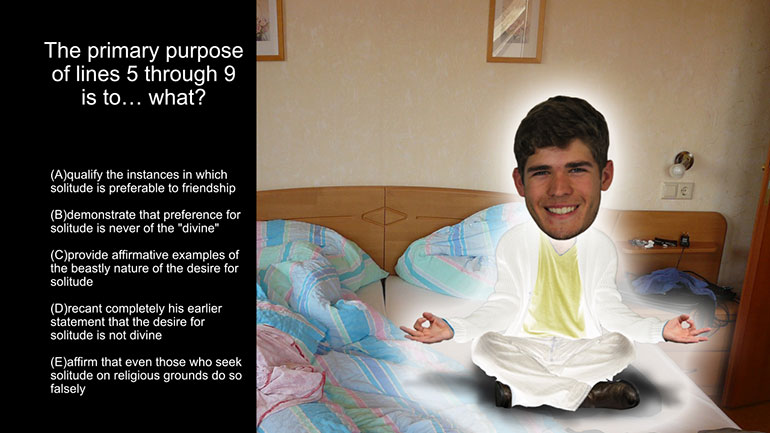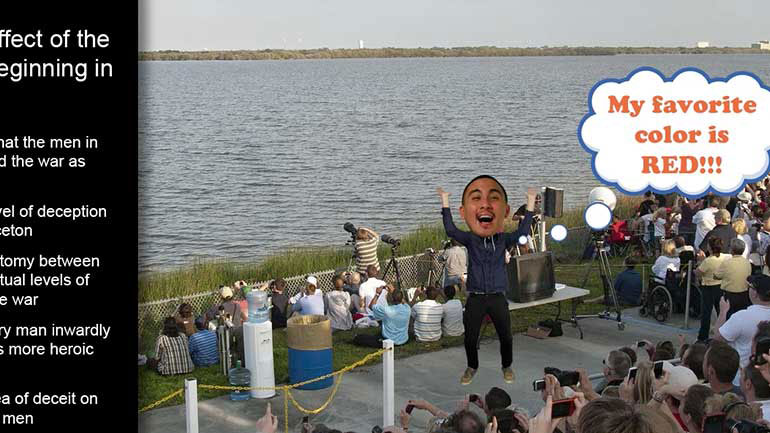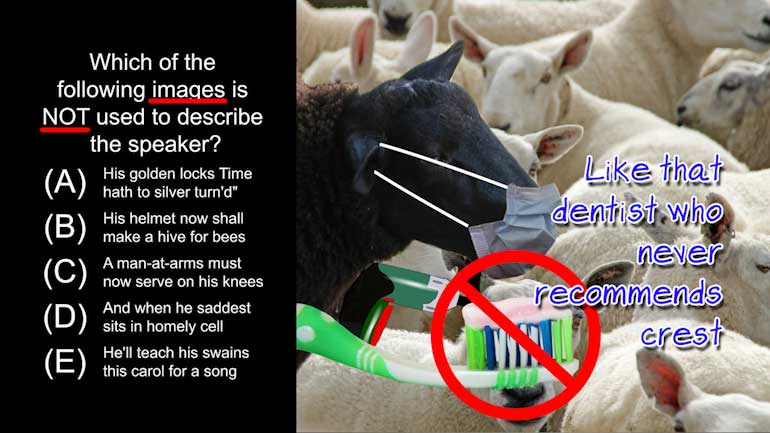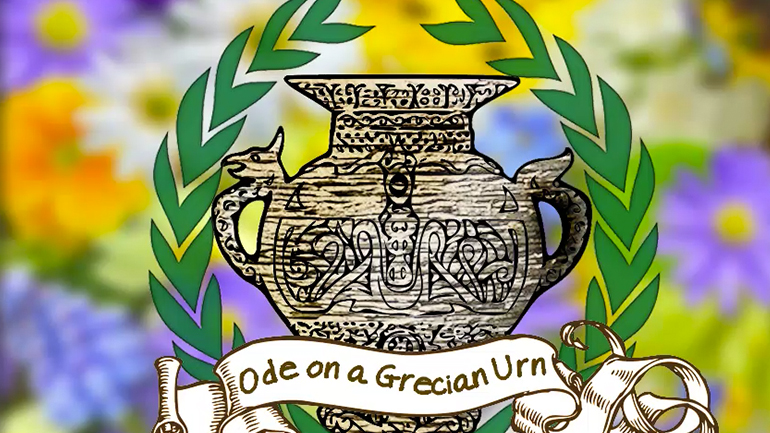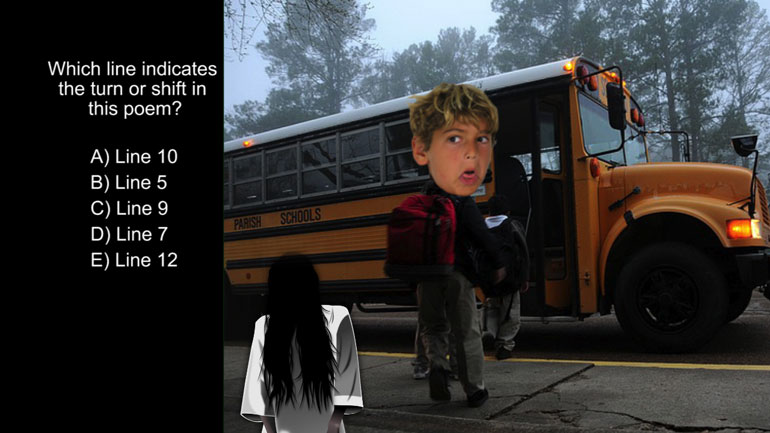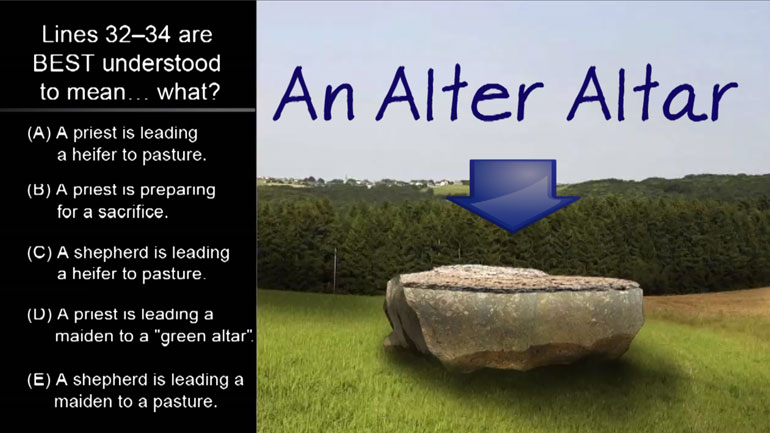ShmoopTube
Where Monty Python meets your 10th grade teacher.
Search Thousands of Shmoop Videos
Audience and Purpose Videos 9 videos
AP English Literature and Composition 1.8 Passage Drill 2. What is the principle effect of the author's allusions in lines 10-11?
AP English Literature and Composition 1.8 Passage Drill 5. Line 9 is best understood as all of the following except what?
AP English Literature and Composition 1.8 Passage Drill 7. The primary purpose of lines 58 through 66 is to what?
AP English Literature and Composition 1.8 Passage Drill 6 193 Views
Share It!
Description:
AP English Literature and Composition 1.8 Passage Drill 6. Which of the following images is not used to describe the speaker?
Transcript
- 00:03
Here's your shmoop du jour, brought to you by a Hive of Bees. Go ahead. Hit us with that stick. We DARE you.
- 00:20
Which of the following images is NOT used to describe the speaker?
- 00:23
And here are the potential answers...
- 00:27
Okay, this question is asking about images... we didn't see any pretty pictures in the actual
- 00:32
problem, so it must be referring to visuals suggested by the text.
Full Transcript
- 00:36
A picture is worth a thousand words, but apparently this author had a limited art budget.
- 00:40
Also, pay attention to that NOT in the question. It tells us that 4 out of the 5 answers work,
- 00:47
and we're looking for the lone black sheep...
- 00:52
"His golden locks Time hath to silver turn'd?"
- 00:56
Don't be swayed by the "his"... this guy clearly likes to talk about himself in third person. Weirdo.
- 01:02
But yeah, the speaker is definitely describing himself -- his "golden locks" are now silver...
- 01:07
in other words, he ain't as young as he used to be...
- 01:11
"His helmet now shall make a hive for bees?"
- 01:14
Well, it's still HIS helmet... but this line is really describing something he's WEARING,
- 01:18
not the speaker himself.
- 01:20
So this one's a contender for the right answer...
- 01:23
What about, "A man-at-arms must now serve on his knees?"
- 01:27
Yep. The speaker is indeed the "man-at-arms" of whom he speaks.
- 01:30
"Serving on one's knees"... we're not sure how that would work, but we can foresee it
- 01:35
being problematic...
- 01:39
"And when he saddest sits in homely cell"...
- 01:42
...yeah, still him.
- 01:44
Finally, "He'll teach his swains a carol for this song."
- 01:47
He'd be the one doing the teaching, so... yep, also him.
- 01:51
The correct answer is B
- 01:52
As in "Beehive."
Related Videos
AP English Literature and Composition 1.2 Passage Drill 4. As which of the following is the object being personified?
AP English Literature and Composition 1.4 Passage Drill 3. How is Burne's view of pacifism best characterized in lines 57 through 67?
AP English Literature and Composition 1.6 Passage Drill 5. Death is primarily characterized as what?
AP English Literature and Composition 1.7 Passage Drill 5. Which line indicates the turn or shift in this poem?
AP English Literature and Composition 1.9 Passage Drill 4. Lines 32-34 are best understood to mean what?


